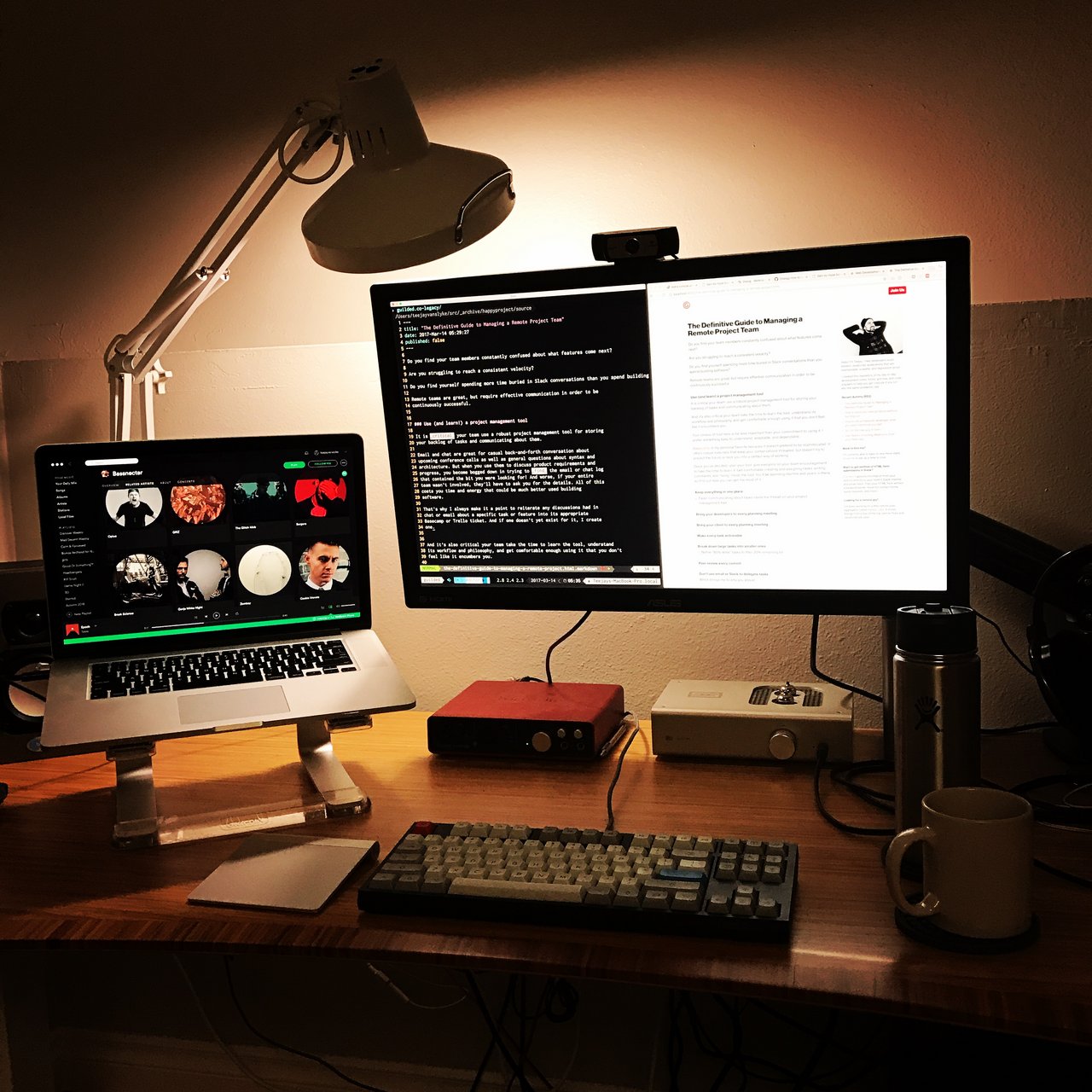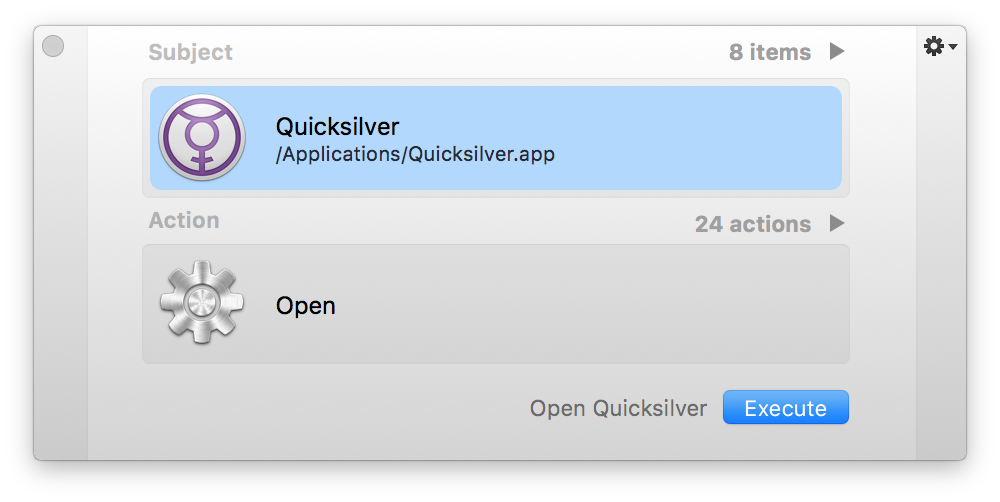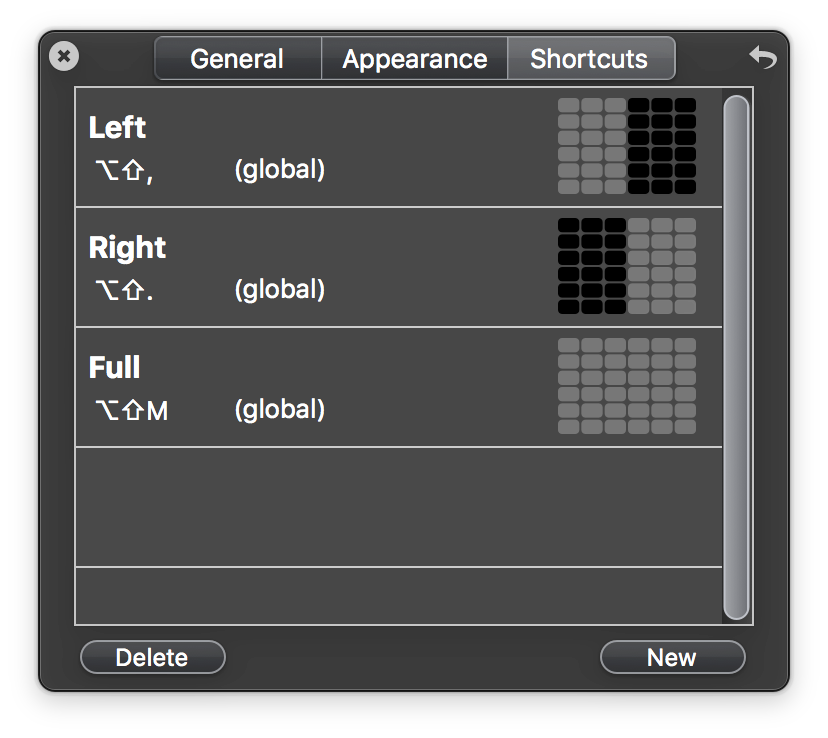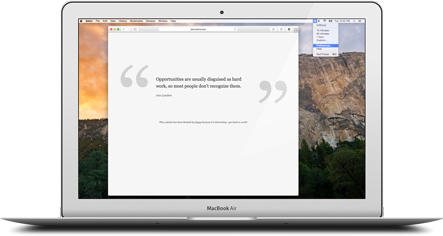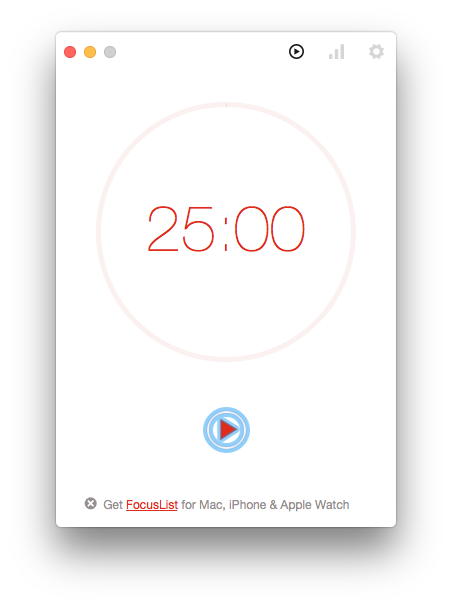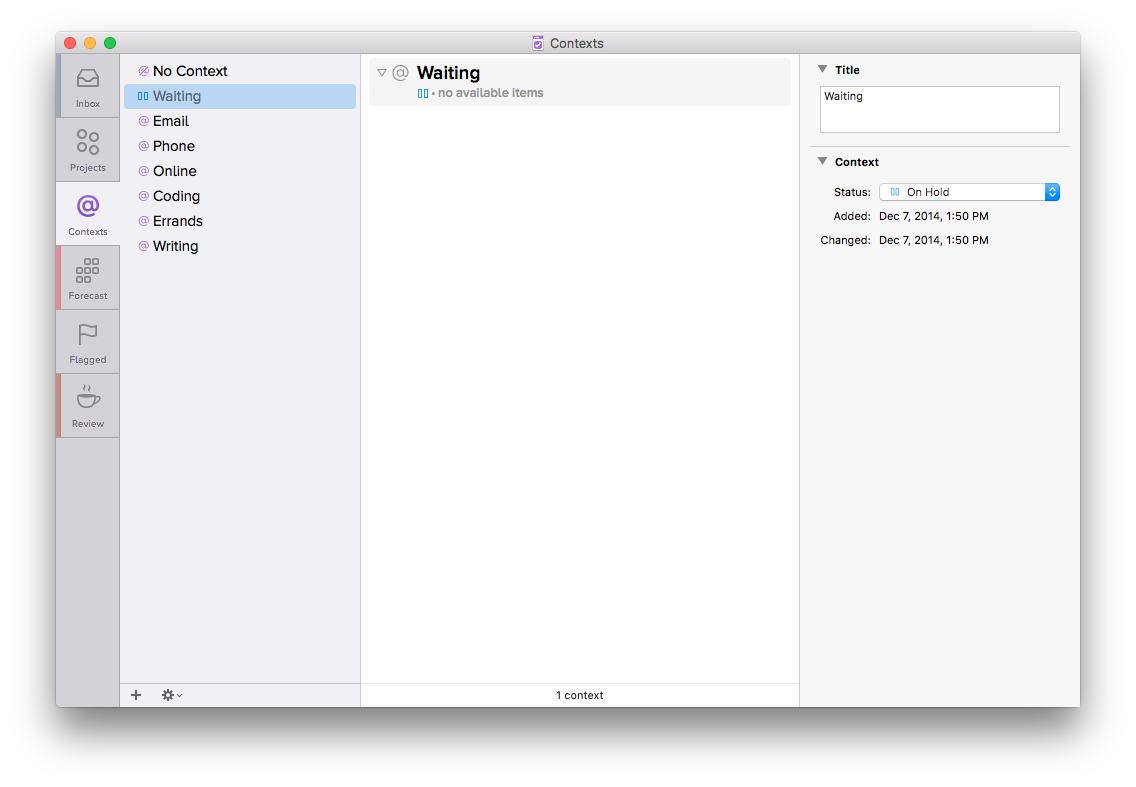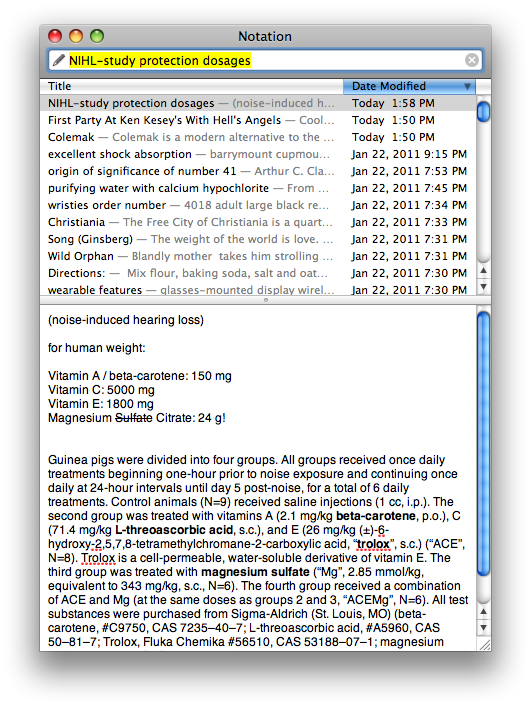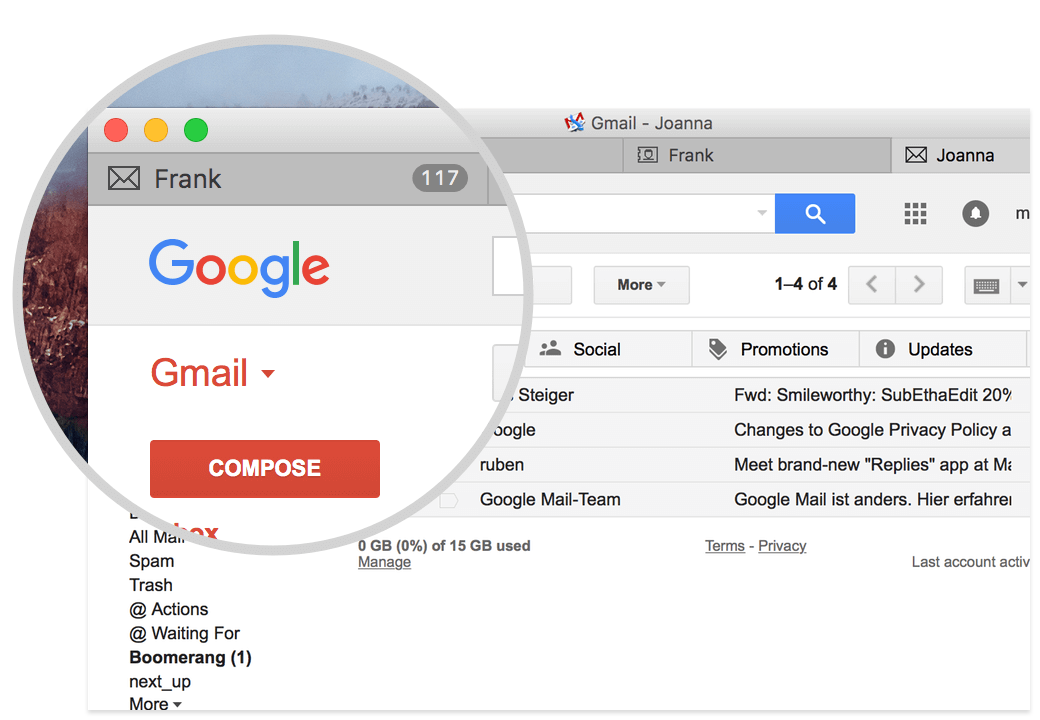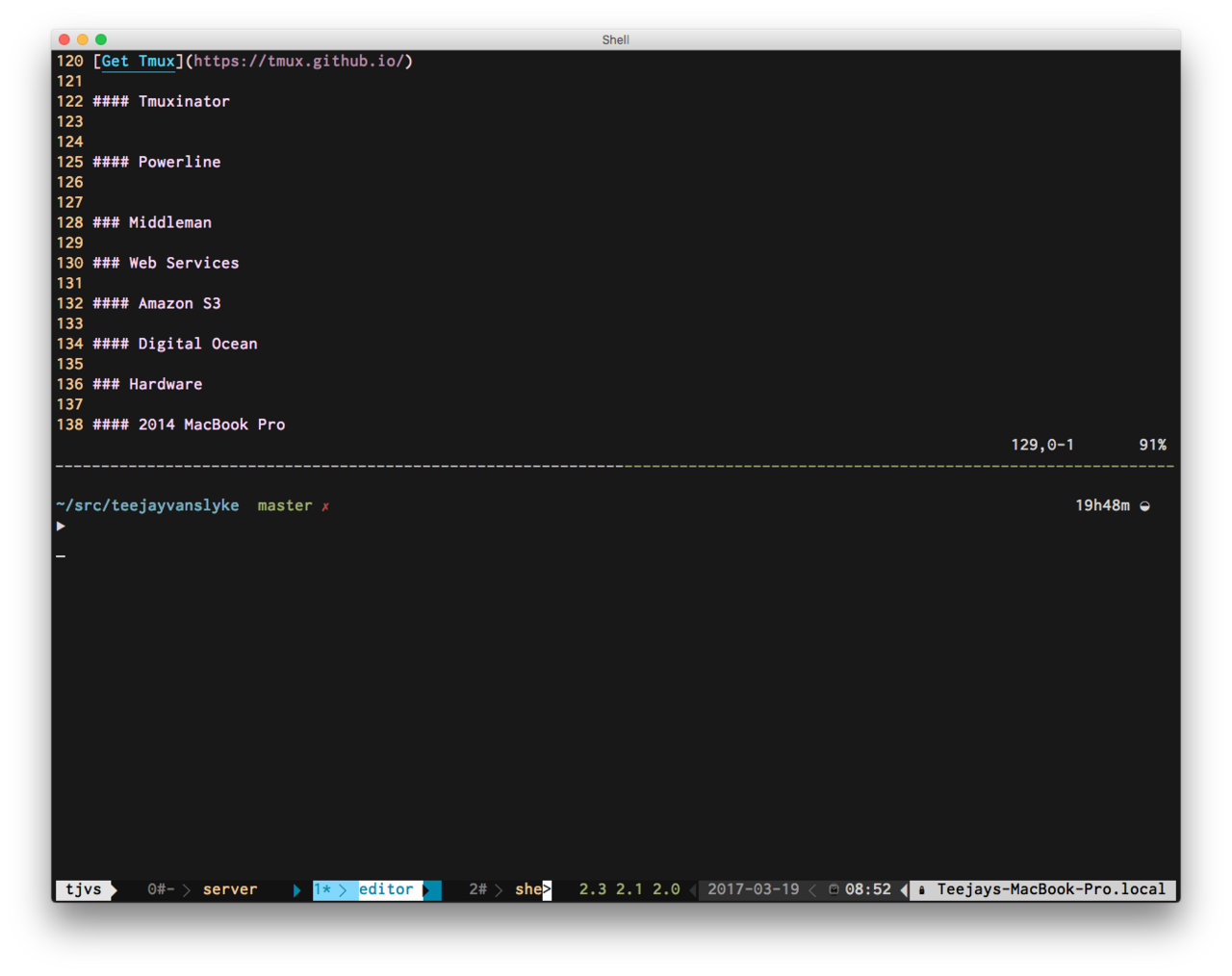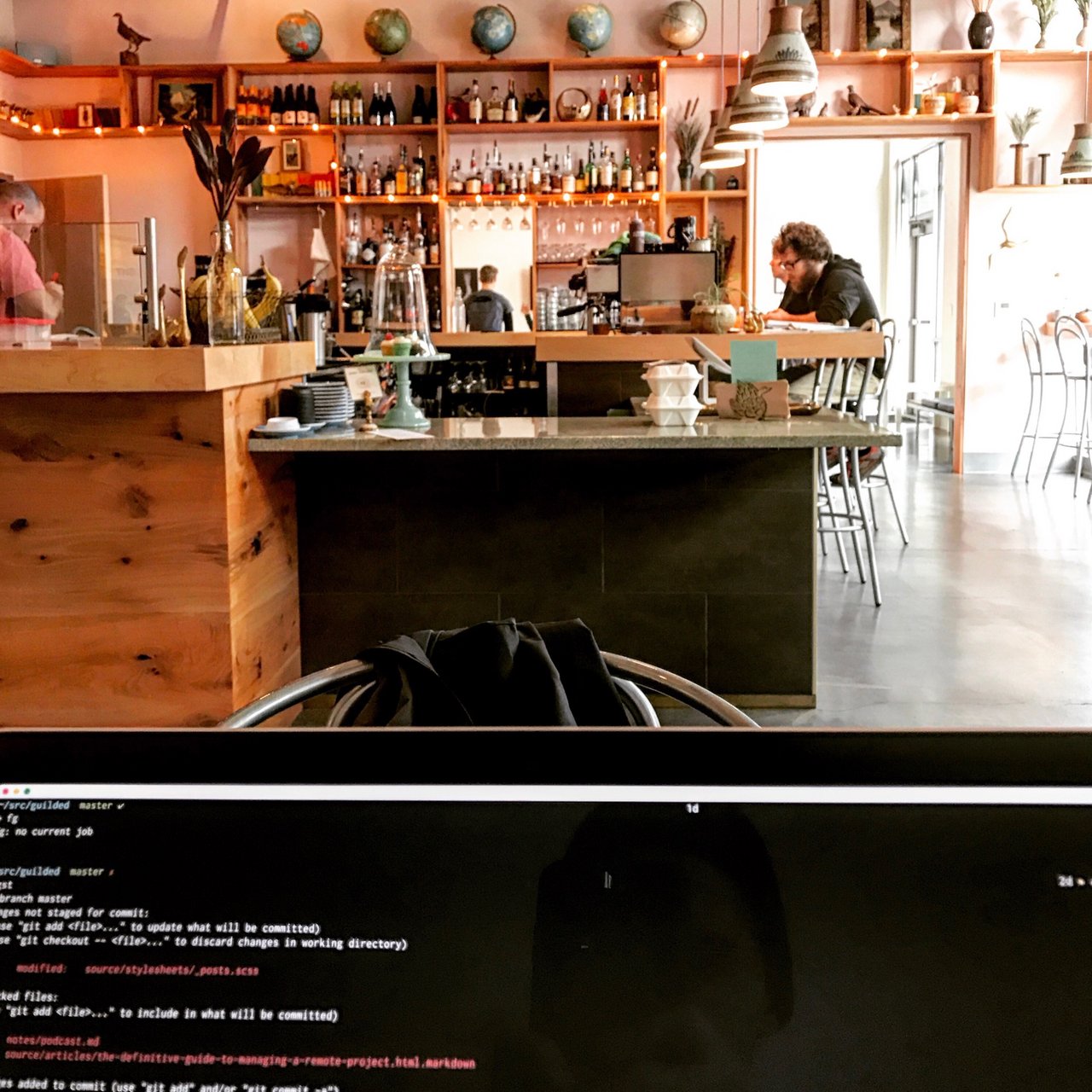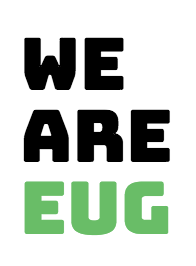How to position yourself to bill clients weekly instead of hourly
One of my friends asked a great question about weekly billing as a freelancer:
How do you position weekly billing with an organization that has strict accounting procedures?
In case you're unfamiliar with the benefits of weekly billing, read my previous article, Why I stopped billing hourly and you should too.
What are some strategies we can employ to help our prospective clients view a weekly billing cycle in a more positive light?
Productize your services
When a company's accounting department or project manager hears the new freelancer wants to bill a weekly rate, they'll rightly have a fit if their clients are used to receiving a bill for a rate in hours. After all, how will they bill their clients within the context of a contract that states all labor will be paid hourly?
But if instead, you position yourself as a vendor offering a product, the story changes. Now you're not a freelancer, but a vendor. Not only are you more in control of your pricing, but you de-commodify yourself in the marketplace.
You're not Joe Freelancer the Designer, easily replaced and micromanaged. You're Joe Design Product, a one-of-a-kind designer machine.
And if this approach doesn't work? Give them enough reasons, through marketing materials and brand promotion, to believe that you are the best solution to their problem. If they believe you're the saving grace for their clients, you can bet they'll find a way to make it work.
Brennan Dunn over at Double Your Freelancing has an awesome article outlining 3 great examples of productized consulting services that ought to inspire you.
Deliver value before getting paid
The surest way to build trust with another human is to give something to them without expecting anything in return.
Can you add value to your prospective client's project before you sign anything?
If you're a designer, can you make 3-5 recommendations about how you would change their current design approach?
If you're a developer, can you ask them what their biggest pain point is and do a few hours of research to help them along?
In sales, reciprocity is powerful stuff. In my day-to-day sales efforts, I make a point to be genuine and help my prospective clients unconditionally. But I'm convinced it has a profound effect on my ability to close sales. And it should! Giving is good.
Build rapport with testimonials
When it comes to building trust, social proof is huge. Craft solid testimonials that say to the reader, If you go anywhere else, you're going to lose.
How do you get these awesome testimonials? In The Brain Audit, Sean D'Souza shares six questions that changed my consulting career forever. They're questions you can send in a polite email to your past clients which, if answered, almost guarantee you'll be able to extract a high-impact testimonial for your marketing page:
- What was the obstacle that would have prevented you from buying this product?
- What did you find as a result of buying this product?
- What specific feature did you like most about this product?
- What are three other benefits of this product?
- Would you recommend this product? If so, why?
- Is there anything you’d like to add?
Read his analysis of the questionaire to understand the theory behind each question, but I can attest that this works. In fact, the testimonials on my homepage are derived from answers to these very questions.
Explain that hourly billing incentivizes tedious, low-value work
Attorney Matthew Hickey discusses his transition from billing hourly to billing at a fixed rate for services.
One of the key takeaways from his article is that the billable hour incentivizes working less efficiently. After all, if you can squeeze out another half hour, your brain is going to be more likely to take the long path to the same destination. With weekly billing, this could become a problem on a macro scale, but it's much less likely you'll sit on your thumbs for a whole week and your client won't notice.
Not only does the billable hour incentivize working at less-than-maximum capacity, but it gives you permission to split your attention between several different client projects at a time, nickel-and-diming them for each. This lack of focus will translate into poorer quality.
Give your clients reassurance that when you bill them weekly, they're receiving your full attention for the time allotted. They'll be better able to estimate their overall cost, and be armed with the confidence you're putting their best interest at heart.
Get into a position where you can turn down the work
What if, when your prospective client insisted that they'll only work with you if you bill them hourly, you cold tell them that you only bill weekly and that the engagement wouldn't be a good fit?
Sometimes, we're responsible for feeding our family and paying rent with the next check our clients write us. But if we're able to get our cashflow in line, our expenses in check, and our debt eliminated, we can have enough in the bank so that we have the leverage to say no.
I can say first hand that I'm able to charge more now that I spend less and have no debt. It's a bit counterintuitive: I'm making way more money and I'm spending way less! But when you think of the psychology of making a sale, desperation will lead you to undercut your own value.
Save a year's worth of household expenses and soon you'll find yourself willing and able to turn down work arrangements that don't suit you. You'll find that if you deliver enough value, soon enough your clients will come around to realize they can't afford not to hire you.
